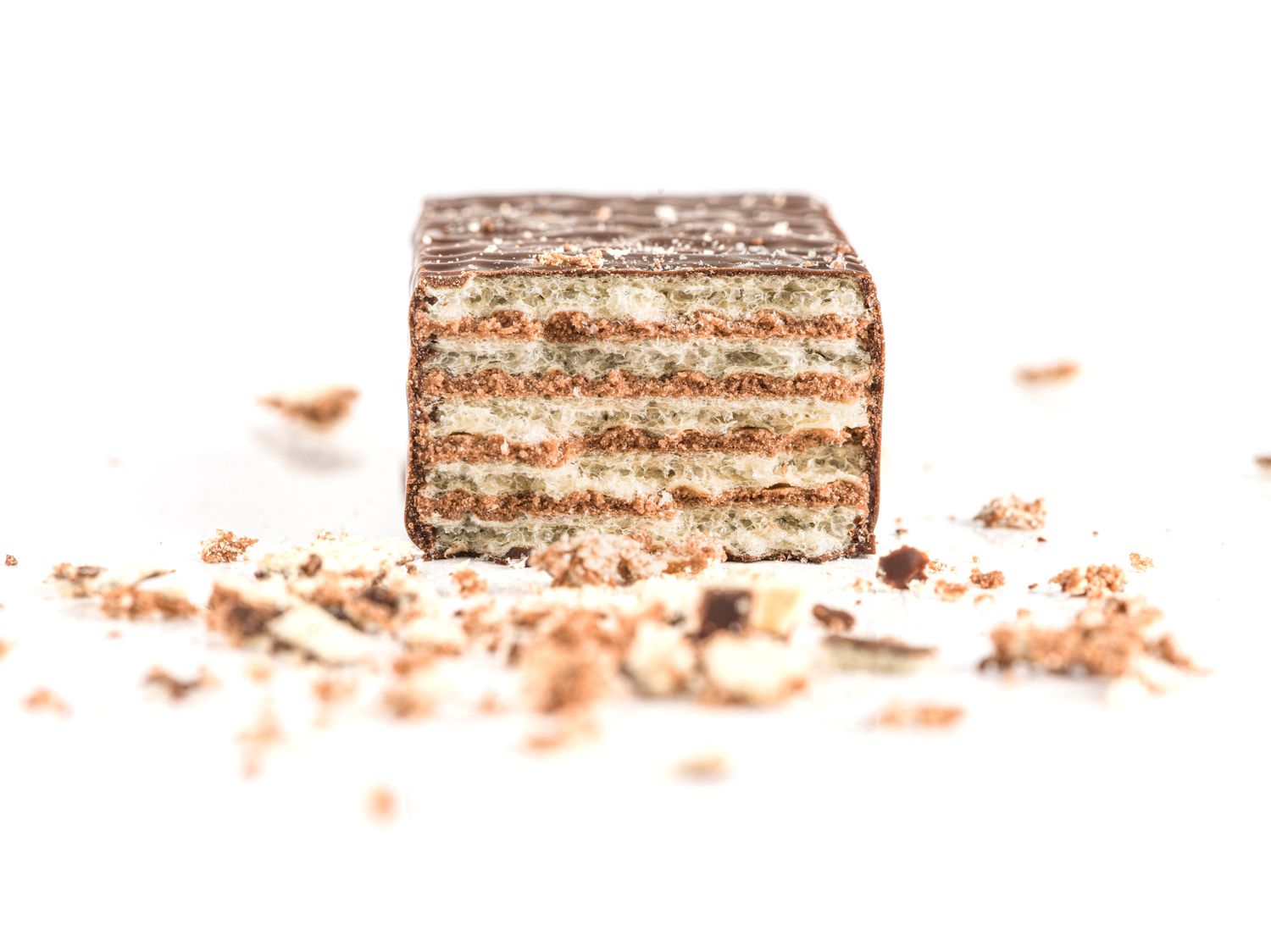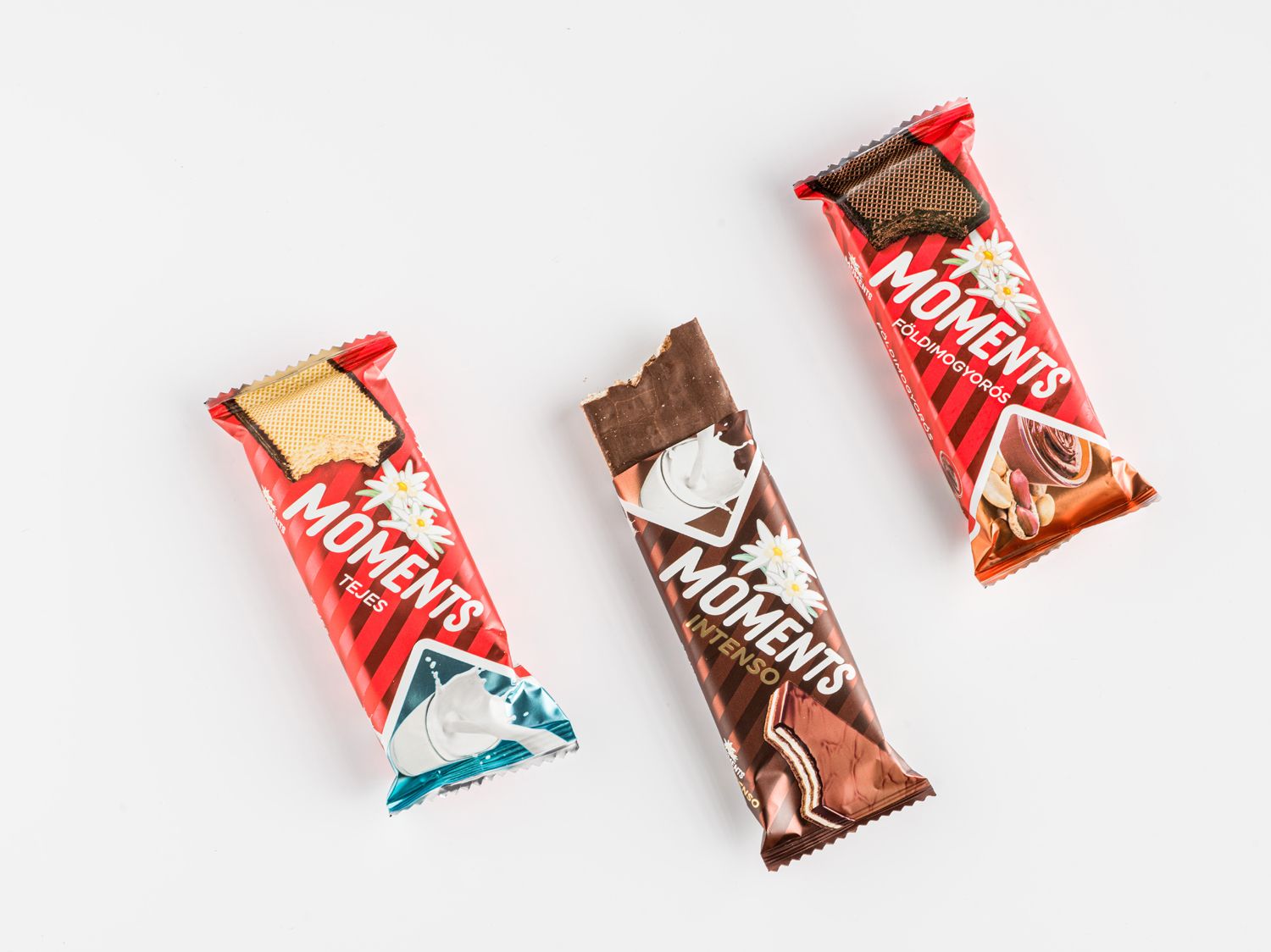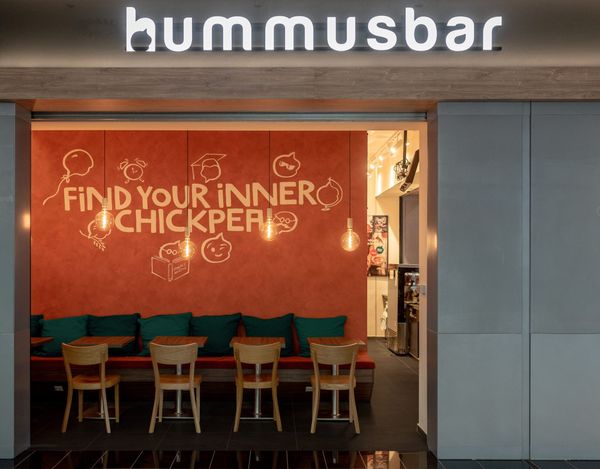It’s only good if it’s crispy, but then it’s really good—the different salty and sweet wafers are a favorite of generations to this day. Although we can find many imported brands on the shelves of grocery stores, the Hungarian hit products have not worn out, in fact: when it comes to the Neapolitan wafer, the artisan tradition and modern technology are nicely mixed in Hungary. Have a snack with us in the third episode of our Büfé series!
My grandmother regularly makes salty or sweet wafers at home in a metal wafer baking oven. They can only be baked in pairs, so she usually spends half a day in the kitchen so then the family can wipe out the contents of the huge bowl in about two minutes. Sure, her Neapolitan wafer is usually thicker than the store version, but that’s lovable too. Because what are the characteristics of a good Neapolitan wafer? It should be extremely thin, just baked, crumbly and crispy, softly sweet or not too salty so that the cream or spices are not overwhelmed by the base flavor. Let’s face it, it’s hard to make at home—although my grandmother is too persistent to give up easily—but luckily, experienced representatives of wafer baking (which is a separate profession) still make fans of the genre happy to this day.
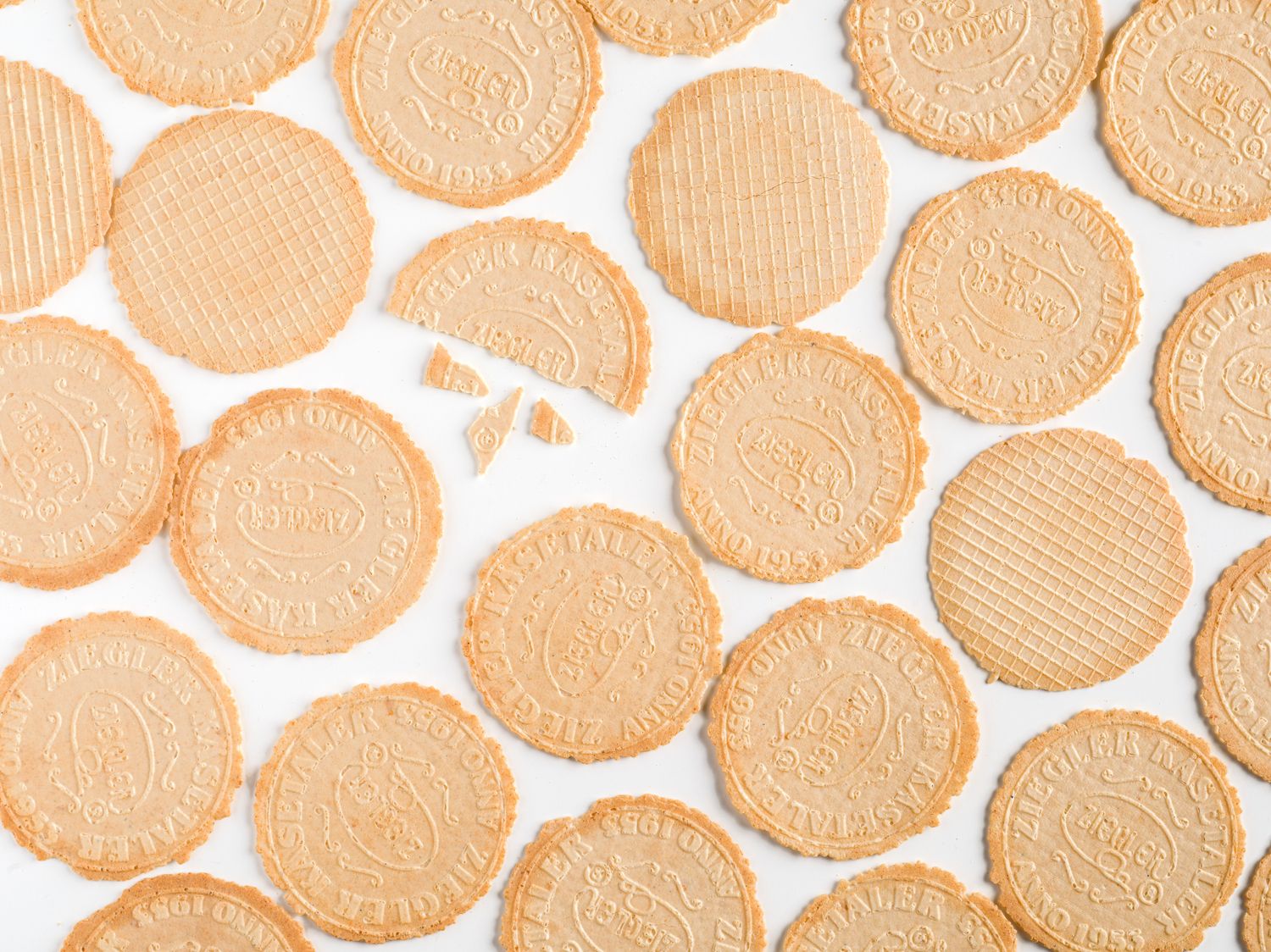
To begin with, it is important to dispel a misunderstanding: the word Neapolitan has nothing to do with Naples. The sweets are from our western neighbor, the iconic Manner launched them in 1898. The founder, Josef Manner probably met the Pischinger cake, which was a popular dessert of the age and consisted of wafer layers and Parisian cream. This provided the inspiration for the recipe, which was exactly how we still know it today: five layers of wafers with hazelnut filling in between. The Neapolitan or Neapolitaner names were associated with hazelnut, which referred to the origin of the oily seed on which the nougat cream was based. The wafers were popular in Hungary at that time as well, and the success of the Neopolitan wafer spread quickly, so after the world wars, more and more brands, which are still known today, began their conquest.

Perhaps the best-known Hungarian manufacturer is Ziegler, which was established in 1953 and continues to operate today. The founder, József Ziegler, opened a family bakery in Angyalföld at the beginning of the 20th century, but after the nationalization, the family had to look for a new product, and their choice fell on the wafer. The Ziegler Wafer Baking Factory opened on Kodály Circus and strengthened with increasing success. In the nineties, the original bread factory was returned to the ownership of the Zieglers, and thanks to strong exports, whole Europe has known Hungarian round wafers since then, but the Hungarian public is also welcome in their brand store on Budapest’s Felsőerdősor Street.
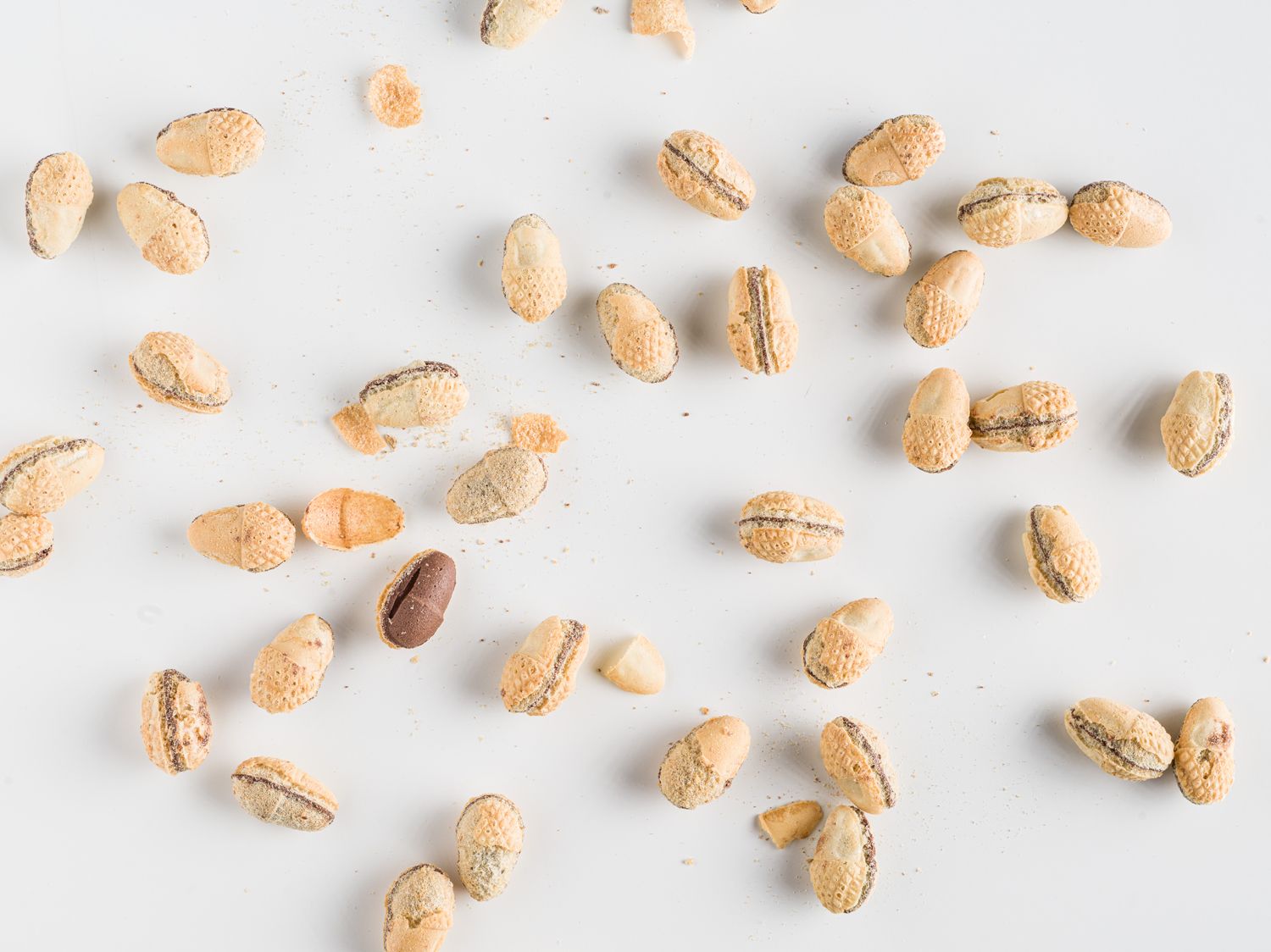
Their products include both traditional and new types—the eternally favorite Sajtos Tallér (cheese wafer) is available in both natural and spiced versions, the sweet line is represented by the retro Havasi Gyopár (cocoa flavored wafer filled with vanilla cream) and Arany Makk (wafer filled with cocoa cream), as well as Neapolitan wafers and wafer pieces in favorite flavors, but you can even buy stroopwafel from them. Although the production is already automated, the aesthetic sophistication has not been lost—each wafer is logoed, meticulously crafted, and thanks to the grating and inscriptions, it is interesting not only for the eyes and mouth, but also for the touch, which is especially important if we accept that food is multisensory, meaning it affects all the senses. The golden rule also applies here: once we open the package, it is worth eating its contents as soon as possible, as it will be softer day by day when in contact with air.
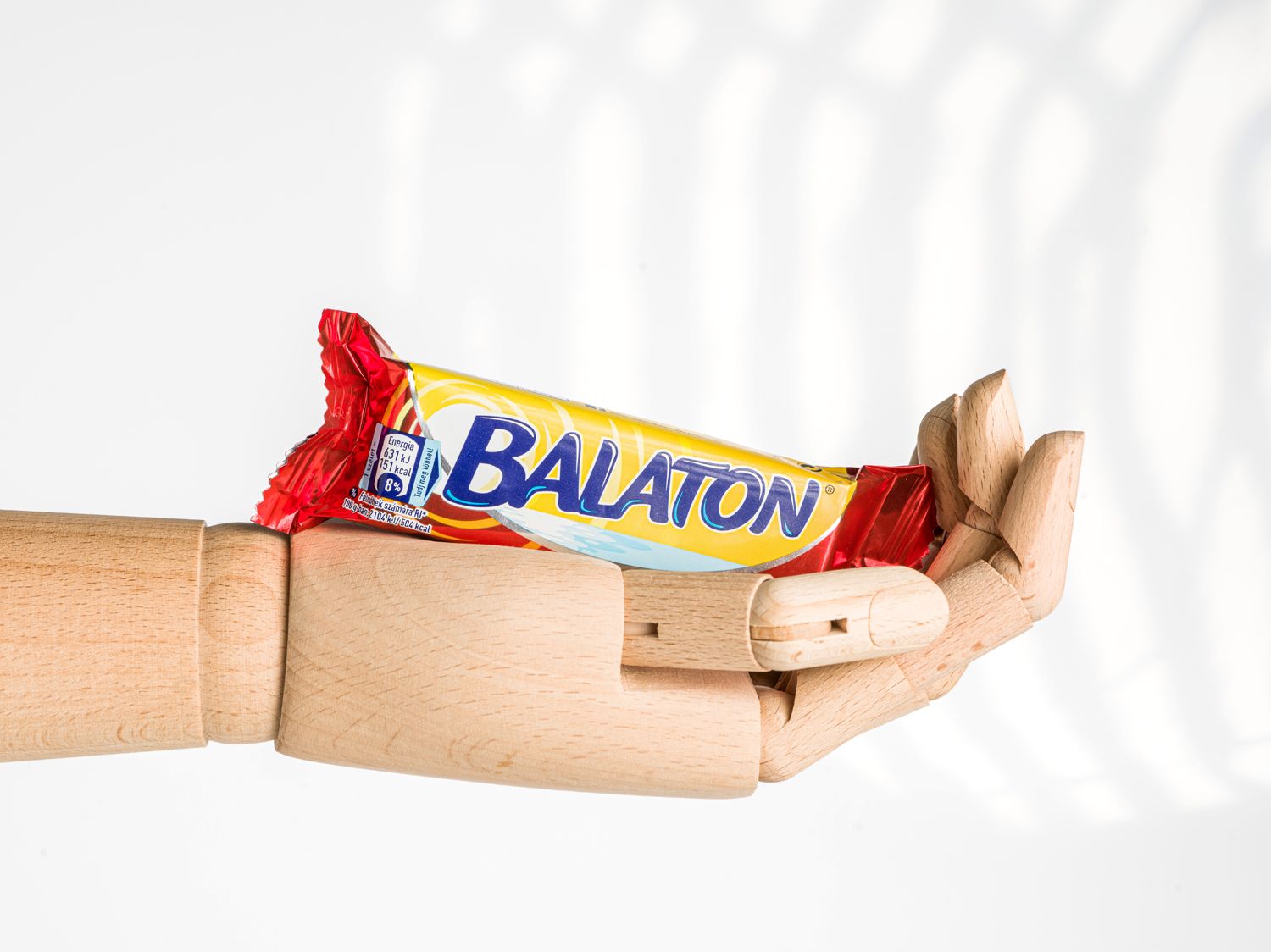
In addition to Ziegler, Benei, a company with a long history, may also be familiar—their history dates back to the early 1900s, in Berettyóújfalu, where they used to operate as a confectionery. This is where wafer baking came from in the eighties, as in the case of the brand, Urbán és Urbán. In general, in addition to the classic hazelnut filling, chocolate, vanilla and lemon also gained ground, and later creamy, coconut or other fruit-flavored versions appeared. In addition to the larger packaging, Neapolitan wafers “packed in pounds”, we have long been able to find a product that easily fits in our pockets or bags: the Balaton slice took shape in 1951 at the Szerencs Chocolate Factory in Diósgyőr. The production then moved to Győr and although there were a good number of competitors, the waves of Lake Balaton swept them all away. They had a rejuvenating rebranding campaign a few years ago, but in addition to the brand identity changes, the favorite flavors have remained: the simple slice is available in dark chocolate, milk chocolate, coconut (and periodically rum) flavors, while experimenters can choose from Milkshake, Zebra, or BUMM products. (The brand currently belongs to Nestlé and the Neapolitan wafers are produced in Romania—the Ed.) We should also mention the smaller manufactories, in which the tradition of baking wafers passed down from generation to generation: Szabolcs Szélesi learned the profession from his grandfather, and leaving the workshop in Újpest, he moved to Mátyás Square in 1971. To this day, hundreds of pounds of Neapolitan wafers are made here every week, and although the wafers are no longer baked in the oven in the store but are ready-made to buy, the creams are also mixed and filled by hand.
If we look around in the region, it turns out that the Neapolitan wafer is a big hit elsewhere as well. In the Czech Republic, the round sweets are well known from the town of Mariánské Lázně, called lázeňská oplatka (spa wafer) among our northern friends. The wafer of the spa towns first appeared in 1856, according to legend, based on the recipe of a chef living in a monastery, so that various confectioners could perfect it in the 20th century. Nationalization and automation did not avoid this either, but it did not diminish the popularity of the product—the delicacy now known as the Kolonáda is indelible from Czech gastronomic history.
A good example can be found closer—almost everyone in Hungary has already met the brand Moments (formerly Horalky), which originally came from Slovakia. The history of this began in the socialism in Czechoslovakia, but the split also broke the factory in two. The factory in Sered survived the crisis and then strengthened and entered foreign markets, so it reached us as well. The renaming is a simple marketing ploy—according to their research, there is more confidence towards English-language products. Similar to our Balaton slice is the Polish Prince Polo wafer, which pops up in many places in the region, but with a bigger leap, it also has a separate history. It’s hard to imagine, but it’s been the best-selling chocolate bar in Iceland for decades. The chocolate was born in 1955 and crossed the Icelandic border thanks to a trade exchange agreement—the country regulates the import of products very strictly, but here an exception has been made, and in return, sea fish products are transported to Poland. The “Prins T-Shirt” is so popular that it has reached other subcultural layers—don’t say sweets have no power!
Photos: László Sebestyén| Web | Facebook | Instagram
Source: Store Insider and Street Kitchen.

Should I dare to use it? | URBANUM










